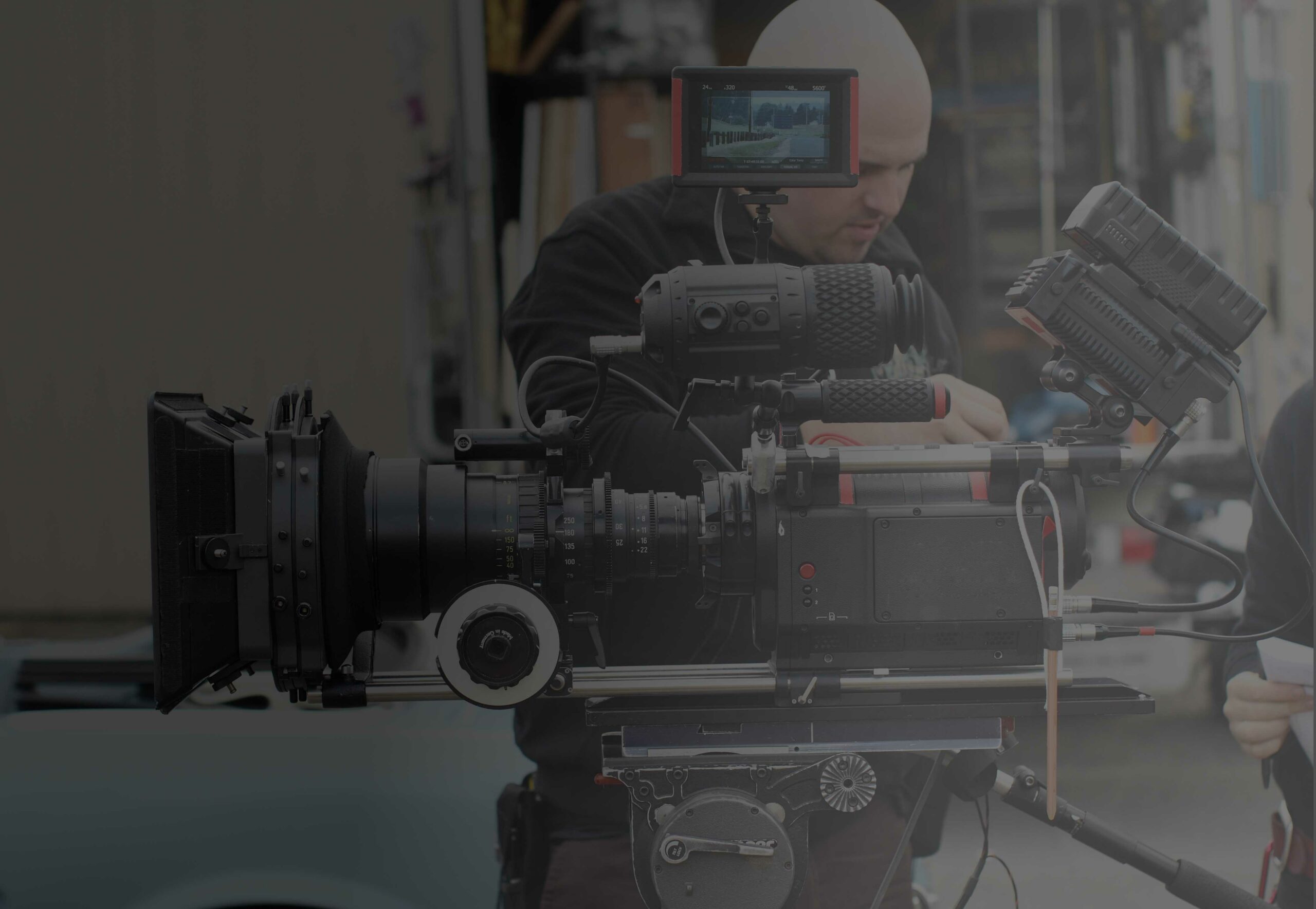fill light
In television, film, stage, or photographic lighting, a fill light (often simply fill) may be used to reduce the contrast of a scene to match the dynamic range of the recording media and record the same amount of detail typically seen by eye in average lighting and considered normal. From that baseline of normality using more or less fill will make shadows seem lighter or darker than normal which will cause the viewer to react differently, by inferring both environmental and mood clues from the tone of the shadows. Natural skylight fill is omni-directional and diffuse, with lower rate of inverse-square fall-off than artificial sources. A common artificial lighting strategy which creates an overall appearance similar to natural fill places the fill light on the lens axis so it will appear to cast few if any shadows from the point of view of the camera, which allows the key light which overlaps it to create the illusion of 3D in a 2D photo with the same single source patterns typically seen with natural lighting where the sun acts as key light and the skylight as fill. The use of centered near-axis “neutral” fill also prevents dark unfilled voids in the lighting pattern which can occur on faces if cheeks or brows block the fill source. The positioning of the fill affects the overall appearance of the lighting pattern. When a centered fill strategy is used the ratio is created by overlapping the key light over the foundation of fill. A key source of equal incident intensity to the fill, overlapping the even fill, will create a 2:1 reflected ratio (1 key + 1 fill over 1 Fill) = 2:1. The same two equal incident strength sources placed on opposite side of a face will work to cancel each other out creating overall dimensionally flat appearance with dark unfilled voids in low areas neither light reach. Part of the learning curve with lighting is experimenting with various highlight:shadow reflected ratios and fill positions, comparing them to baselines and reactions to what is seen by eye, and in doing that learning how to trigger the same reactions in the mind of the viewer.



